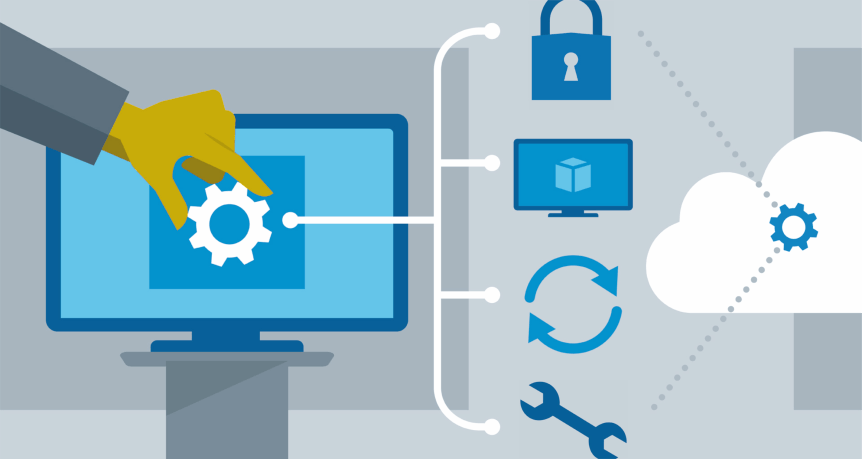In today’s interconnected world, remote access to computer systems and networks has become a necessity for businesses and individuals alike. Whether you need to access files and applications from a different location or manage servers and workstations remotely, two popular options often come to mind: Remote Desktop Protocol (RDP) servers and Virtual Private Networks (VPNs). But which one is the right choice for your specific remote access needs? In this blog, we’ll explore the key differences and use cases of more information servers and VPNs to help you make an informed decision.
Understanding RDP Servers
Remote Desktop Protocol (RDP) is a proprietary protocol developed by Microsoft that allows a user to connect to another computer over a network connection. RDP servers are typically used for providing remote desktop access to Windows-based machines. Here are some of the key features and use cases of RDP servers:
1. Desktop Access: RDP servers are ideal for scenarios where you need to access a remote computer’s desktop environment. This is useful for technical support, remote work, or managing a server.
2. Windows-Centric: RDP is tightly integrated with Windows operating systems, making it a preferred choice for Windows-based environments.
3. Easy Setup: Setting up an RDP server on a Windows machine is relatively straightforward, and it doesn’t require additional software or hardware.
4. Resource Intensive: RDP can be resource-intensive, particularly if you’re connecting to a remote computer with graphical applications or high-resolution displays.
5. Security Considerations: RDP should be used with caution, as it can be vulnerable to security risks if not properly configured and secured. Always implement strong authentication and encryption protocols.
Understanding VPNs
Virtual Private Networks (VPNs), on the other hand, are a technology that creates a secure and encrypted tunnel between your device and a remote network. While VPNs can be used for a variety of purposes, including accessing geographically restricted content and enhancing online privacy, they also serve as a powerful tool for remote access. Here are some key aspects of VPNs:
1. Network Access: VPNs provide access to an entire network, not just a single computer or desktop. This makes them suitable for connecting to corporate networks and resources securely.
2. Platform Agnostic: VPNs work across various operating systems and devices, making them versatile for businesses with diverse technology stacks.
3. Security Focus: VPNs are designed with security in mind and use encryption to protect data in transit. They are often used for secure data transfer and remote access.
4. Complex Setup: Setting up a VPN can be more complex compared to an RDP server, as it involves configuring network infrastructure and client software.
5. Resource Efficiency: VPNs are typically more resource-efficient than RDP, making them suitable for low-bandwidth connections and non-graphical tasks.
Choosing the Right Solution
The choice between RDP servers and VPNs ultimately depends on your specific remote access needs:
- If you primarily require access to a single computer’s desktop environment, especially if it runs Windows, RDP may be the simpler and more efficient choice.
- If you need to access an entire network or multiple devices securely, such as in a corporate setting, a VPN is the way to go. It offers a broader range of capabilities and enhanced security.
- Consider the nature of your tasks. If you need to run resource-intensive graphical applications, RDP might be more suitable. If you’re focused on data security and need access to a range of network resources, a VPN is better.
- Don’t forget about security. Regardless of your choice, always prioritize security by implementing strong authentication, encryption, and keeping your software up to date.
In many cases, businesses and individuals use both RDP and VPNs to meet their remote access needs. For instance, you could use a VPN to securely connect to your company’s network and then use RDP to access specific computers or servers within that network.
In conclusion, the choice between RDP servers and VPNs boils down to your specific remote access requirements. Both have their strengths and weaknesses, and understanding the nuances of each technology will help you make the right decision for your unique situation. Whether you opt for the simplicity of RDP or the versatility of a VPN, the key is to ensure that your remote access solution aligns with your security, performance, and usability needs.
